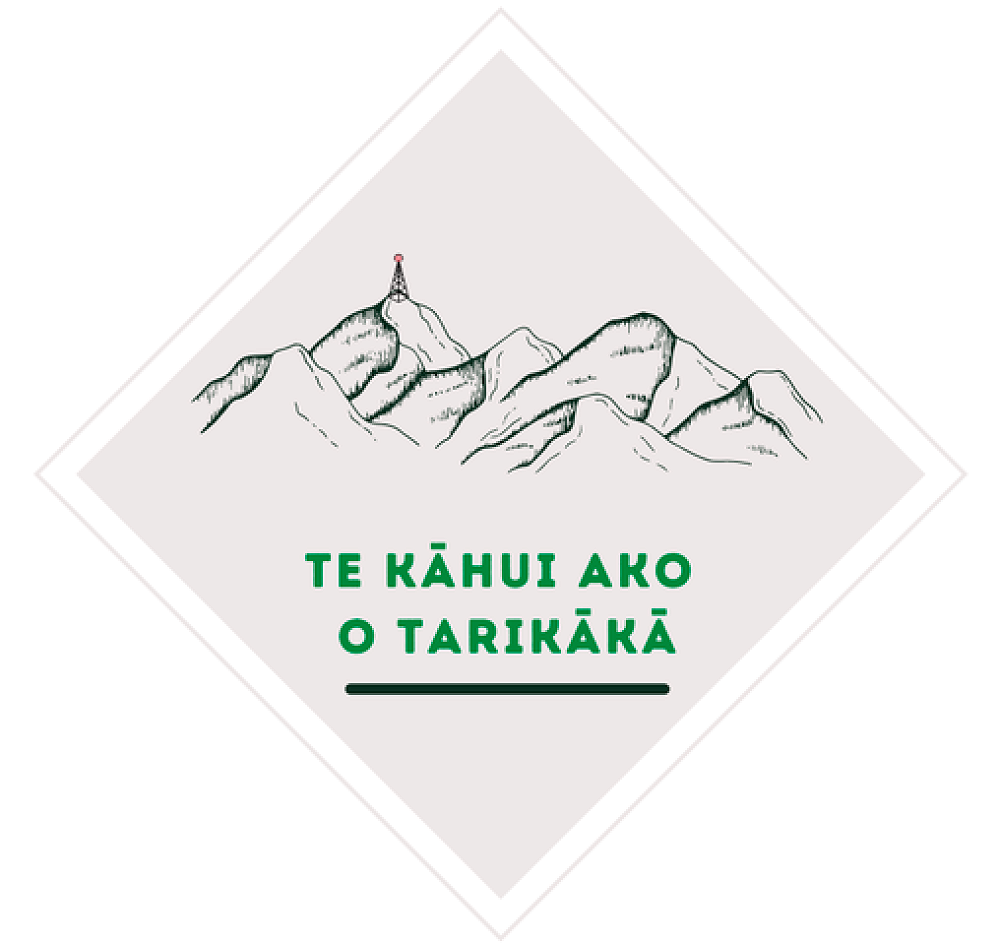
Our Kāhui Ako network of schools
A kāhui ako is a community or network of schools that works together to achieve an agreed upon set of challenges or goals. The prevailing idea behind kāhui ako networks is that we are stronger when we work together.
Ko koe ki tēnā, ko ahau ki tēnei kīwai o te kete. You at that handle and I at this handle of the basket.
This whakatauki perfectly expresses the need for such networks - so that we can work together to manage heavy or precious loads. In the northern suburbs of Wellington, the Kāhui Ako o Tarikākā operates to do just that. Here is our Tarikākā Kāhui wesbite.
The Tarikākā Kāhui Ako consists of eight primary schools, one intermediate school and one college: Crofton Downs School, Khandallah School, St Brigid's School, Johnsonville School, Churton Park School, Ngaio School, Amesbury School, Cashmere Avenue School, Rāroa Normal Intermediate School, and Onslow College. The wider northern cluster of schools, involving several other schools as well as the ten listed above, has been in operation for many years, with a number of successful learning and professional development programmes operating over the years, along with a wide range of musical, cultural and sporting events and competitions.
In 2020 the decision was made to become a formal Kāhui Ako in order to use the resourcing and support available to develop the expertise and strengthen our ability to support each other. And so the Tarikākā Kāhui Ako was created. The group was developed around a core vision of equipping students for the future and ensuring equitable outcomes for all. This was structured under four key goals or achievement challenges:
- Strong, secure cultural identities and sense of belonging
- Hau ora and wellbeing
- Confident, capable empowered learners
- Equitable outcomes for all
Leadership structure
Our Kāhui Ako has a clear structure for supporting the mahi across our ten schools. The cluster is led by several lead principals and supported by a small group of Across School Leaders (ASLs). The lead principals maintain the overall vision of the KA and coach and support the ASLs in their work. The ASLs are released from their schools for two days each work to work together and work with people within each school to do the mahi towards the four achievement challenges.
The lead principals and ASLs work across the ten different schools, each school has at least one Within School Leader (WSL) who are tasked with running projects and supporting work within their school around the Kāhui vision.
Organisation of work within the Kāhui
For the first three years our Kāhui Ako operated under four Communities of Practice (CoPs). Each CoP was linked to one specific achievement challenge, and had a Across School Leader who led the work within each group. All teachers across the Kāhui were based in one of the four CoPs, and each CoP met once every term to complete some professional leanring together around their achievement challenge. The leaders within schools and across the schools worked on particular projects around those achievement challenges.
This structure worked well to start the Kāhui work happening across the schools and get people involved. It helped some of the different groups of people involved in the Kāhui to understand and settle into their roles. In 2022 we reviewed the different areas of mahi happening and looked at options for structuring the Kāhui work going forwards.
In 2023 we are now operating in a slightly different way as a Kāhui. We have identified some ways of working that are not as effective now, and we can see some ways where we can evolve our practice. We have stopped the Communities of Practice, and instead we are operating several different strands of work.
- Hubs of Interest: These hubs are optional groups set up around work that is happening within and across different schools. It is a way for kaiako and leaders to connect and work together on areas linked to at least one of the Kāhui achievement challenges. Examples of Hubs of Interest are our New Entrant group (people from each school working together around transition to school) and our Aotearoa New Zealand Histories Hub (teachers and leaders from different schools who have a particular interest or role around implementing the ANZ Histories curriculum in their school). Hubs of Interest will keep a current information section on our Kāhui website, so that people in the Kāhui can see the different opportunities for getting involved. Hubs can also access resourcing and support through the Kāhui.
- Kura Ahurea: All schools will be involved in the Kura Ahurea prgramme, learning local historical narratives, tikanga and kawa from a Te Āti Awa perspective.
- Leadership development with Core Education: Principals and leaders within schools, including Across School Leaders, will be working with several facilitators from Core to develop our leadership and coaching growth. Part of this work will be creating and maintaining a strong review cycle for all aspects of the Kāhui, ensuring that we can know the impact of our Kāhui network on our ākonga and rangatahi, and continuously develop and improve what we do.
The work we are doing as a Kāhui is exciting and challenging. We are continuing to grow and evolve in the ways we work together as we keep reflecting and adapting. Our overall aim is to equip students for the future and ensure equitable outcomes for all, and we understand that in doing this valuable mahi as a network of schools we are better together.
